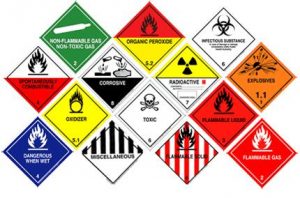Venix Logix specializes in logistic solutions for Class 1 explosives.
We aim to provide the best solutions to move ammunitions and related equipment.
Our specialists will generate solutions via all available modalities.
Due to our extended global network and good relations with all major carriers and certified explosives service providers,
we guarantee to deliver the best solutions for your case.
Our operators are available 24/7 providing the client with real-time updates on the fly.
Venix Logix will move anything, anywhere, any time!
Contact us for more information


